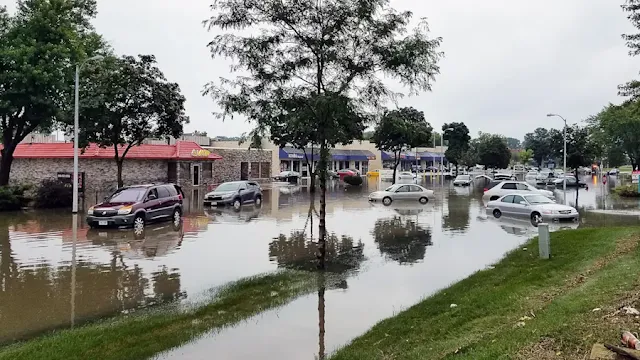What to Do if Your Car Is Stolen
Discovering that your car has been stolen is a shocking and stressful experience. In such moments of panic, knowing exactly what to do can be incredibly reassuring and can greatly improve your chances of recovering your vehicle.
Having your car stolen can be a distressing and overwhelming experience. It's a situation no one wants to face, but knowing what to do if it happens can make all the difference in the world. Whether your vehicle was taken from your driveway, a parking lot, or somewhere else, acting quickly and efficiently is crucial to increasing the chances of recovery and minimizing the impact on your daily life.
This guide is designed to provide you with clear, actionable steps to take immediately after realizing your car is missing. From reporting the theft to the authorities, informing your insurance company, and leveraging modern technology to aid in the recovery process, every step is crucial. Acting swiftly and calmly can make a significant difference. Keep reading to learn the immediate actions you should take if you ever find yourself in this unfortunate situation.
Steps to Take
1. Confirm the Theft
Before panicking, ensure your car is indeed stolen and not towed or borrowed by someone with permission. Check nearby areas and verify with family or friends.
2. Contact the Police
Immediately report the theft to the local police department. Provide detailed information, including the make, model, color, license plate number, and any distinguishing features of your vehicle. Obtain a copy of the police report, as you will need it for insurance claims and legal matters.
3. Notify Your Insurance Company
Contact your insurance provider as soon as possible to report the theft. Provide them with the police report number and all necessary details. Your insurance company will guide you through the claims process and inform you of your coverage.
4. Alert Your Leasing or Financing Company
If your car is leased or financed, inform the leasing or financing company about the theft. They may have additional steps or requirements for you to follow.
5. Use Technology to Aid Recovery
If your car has a tracking system or GPS, activate it immediately. Share this information with the police to assist in locating your vehicle. Additionally, check any security cameras in the area where your car was stolen.
6. Spread the Word
Notify friends, family, and neighbors about the theft. Use social media and community apps to spread the word and increase the chances of someone spotting your car.
7. Monitor Online Listings
Thieves often try to sell stolen vehicles quickly. Regularly check online marketplaces and local classified ads for any listings that match your car.
8. Stay Vigilant
Keep in touch with the police and your insurance company for updates. Stay alert and report any new information that could help in the recovery of your car.
By following these steps, you can take control of the situation and improve the likelihood of recovering your stolen vehicle. Remember, acting quickly and efficiently is key to minimizing the impact of this distressing event.










